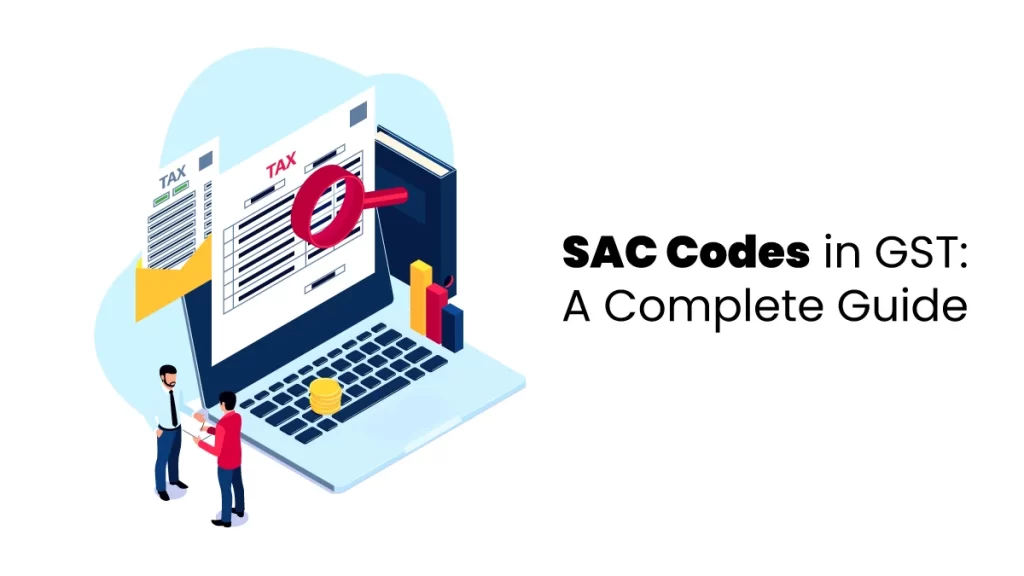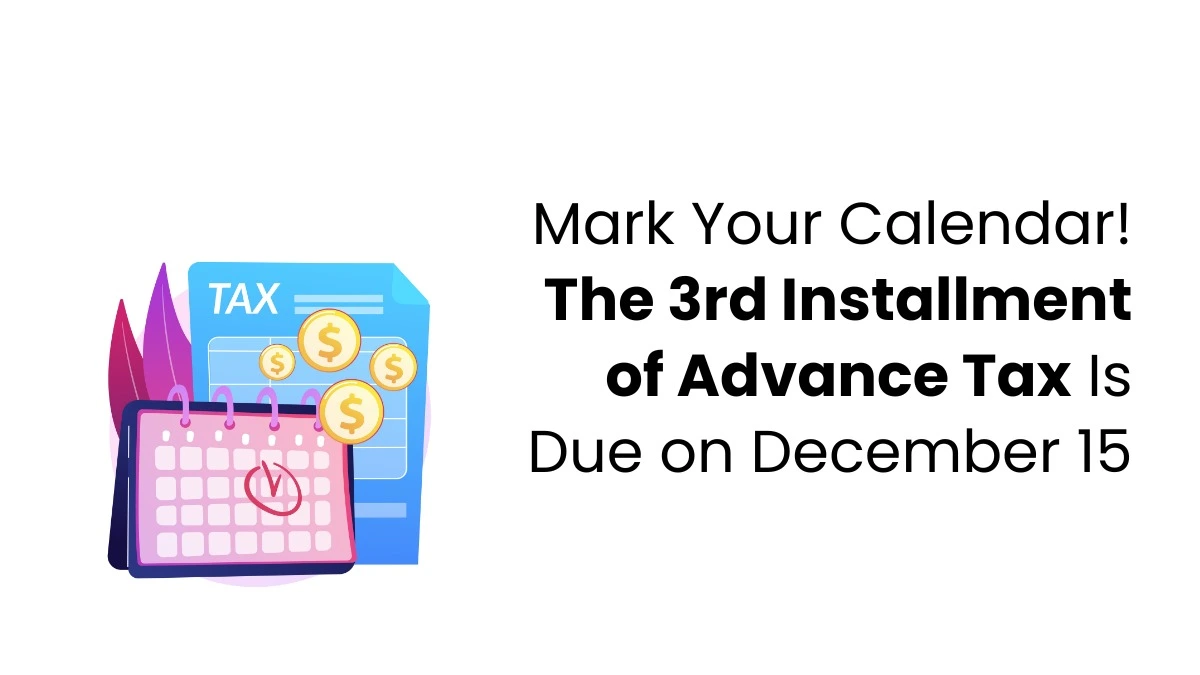When GST was introduced, the Central Board of Indirect Taxes and Customs (CBIC) introduced two systems: HSN codes for goods and SAC codes for services. These codes make it easier to classify goods and services for tax purposes. The SAC code in GST stands for Services Accounting Code. It is used to classify all services provided in India. This system helps identify services, decide on their GST rates, and ensure proper tax calculation.
We use the HSN code (Harmonized System Nomenclature) for goods. This code is based on a global system created by the World Customs Organization (WCO) to classify goods. The SAC code system is based on a global framework called the United Nations Central Product Classification (UNCPC). However, the CBIC has made changes to fit India’s needs. The notes used to classify services in India are based on the UNCPC system. Still, some committees that created the SAC system for India made some changes.
Under GST, services with SAC codes are taxed at five rates: 0%, 5%, 12%, 18%, and 28%. If a service doesn’t have an SAC code, it is taxed at 18% by default. Each service has its own GST SAC code, which helps the government track GST collections for different services more efficiently.
What is a SAC Number?
SAC codes are six-digit numbers used to classify services under GST. The four digits describe the type of service. For example:
- 995411 is the SAC code for general construction services like building houses, apartments, or multi-storied buildings.
SAC Code Under GST
The SAC codes in GST are made up of three parts:
- 99: This shows the ‘chapter,’ which means it’s a service. All SAC codes start with 99.
- 54: This is the ‘heading’ and tells the main type of service. This example stands for construction services.
- 11: This is the ‘service code’ and explains the exact service. Here, it means general construction services of buildings.
This system makes it easy to classify services under GST.
What is the Use of SAC Code in GST?
SAC codes are used for several reasons:
- They give each service a unique code, making it easy to identify.
- They help GST taxpayers know which GST rate applies to their services.
- GST taxpayers must mention these SAC codes when registering on the GST portal, on invoices, and in GST returns.
To know more about SAC codes, joining the GST training institute is the best option.

Differences Between SAC Code and HSN Code
SAC Code for Services
SAC codes in GST are used to classify services under GST. They have 6 digits. The SAC system is based on a global code called UNCPC, which the CBIC changed to fit India’s service needs.
HSN Code for Goods
HSN codes, which have eight digits, classify goods under GST. The HSN system comes from a global system called the WCO’s HSN, which is used worldwide.
Example of SAC Code
For example, the SAC code 998314 means:
- 99: This is the code for all services.
- 83: It stands for IT services.
- 14: It shows the specific service, which is design and development.
Example of HSN Code
For example, the HSN code 62011210 means:
- 62: It refers to the chapter about apparel and clothing.
- 01: It shows the type of goods, like men’s overcoats.
- 12: It narrows it down to cotton raincoats.
- 10: It further describes the product, which is cotton raincoats.
As per Notification Number 78/2020, CT(R), dated 10th November 2020, service suppliers with a total turnover of more than Rs. 5 crore in the previous year must use all six digits of the SAC code on their invoices and when filing GSTR-1. This rule started on 1st April 2021.
If the above rules are not followed, a penalty of Rs. 50,000 will be charged under the IGST Act, or Rs. 25,000 each under CGST and SGST. To learn more about GST codes, joining GST training is the best option that allows learners to acquire more knowledge in the GST sector.










